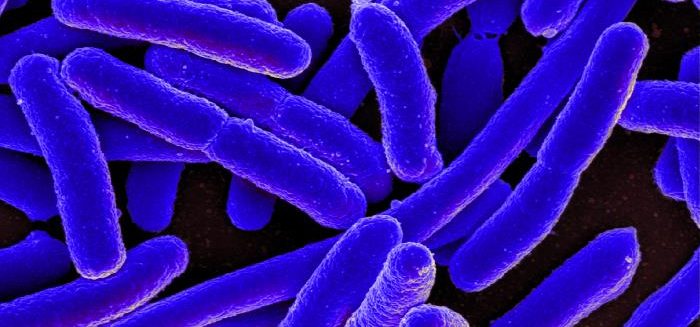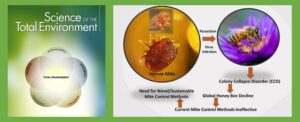Morris C*, Pokhrel LR, Williams A and Iverson G (2022). Understanding factors influencing total coliform and E. coli sampling outcomes in new private water wells in North Carolina, USA. Groundwater for Sustainable Development (in press). doi:10.1016/j.gsd.2022.100759
Abstract
Provision of safe drinking water is critical for human health and survival. Indicator bacteria (i.e., total coliforms and fecal coliforms) are typical indicators of microbial water quality. In North Carolina (NC), new private drinking water wells are required for total coliform and E. coli testing. Such wells are typically only tested once before use in NC, so consistent and accurate testing is critical. Herein, we analyzed a large data set (n = 32,839) of water samples collected from private drinking water wells, representing 80 of North Carolina’s 100 counties, and analyzed for significant differences in E. coli and total coliform positive rates depending on county and region of collection, transport method, sampling collection point, day of week, month, year, season, treatment method, time elapsed between collection and incubation, method used for detection, and the personnel reporting sample results. Our results showed that 34.11% of samples tested positive for total coliform, while 1.38% tested positive for E. coli. The total coliform positive rate ranged from 16.4% to 60% among the 80 counties. While nine counties reported no positive E. coli samples, positive E. coli rates for the remaining counties ranged from 0.17% to 12.7%. Sample from the Inner Coastal Plain were more likely to be positive for total coliforms, while samples from the Outer Coastal Plain were more likely to be positive for both the E. coli and total coliforms. Delivery method, sampling site, month, year and season of collection, treatment type, elapsed time between collection and analysis, and person reporting sample results were correlated with positive total coliform results. Similarly, sampling point, month, treatment type, test type, and the person reporting the results were correlated with positive E. coli samples. These results can be used to prioritize limited public health resources for maximum impact on new private well drinking water safety. Further, providing clear and complete information by the sample collector could improve future research to better inform well water sampling practices.
*Corey Morris is an alumnus of the ECU MS Environmental Health (MSEH) Program.
Photo source: CDC/NIAID




